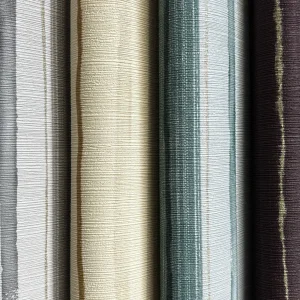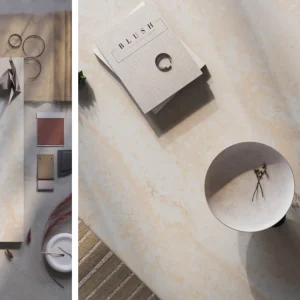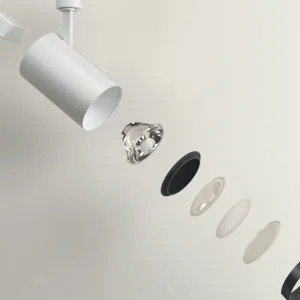Richard and Barbara Silverman Hall for Molecular Therapeutics and Diagnostics is a 175,000 square feet interdisciplinary facility housing about 16 research groups. The building designed by California-based ZGF Architects consists of two four-storey concrete laboratory buildings linked by a two storey-high structural steel office wing bridge with a courtyard beneath.
The facility has been designed to enhance interactions and collaborations among colleagues and to be environmentally-sustainable. These two elements are achieved by one of the building’s most striking features, the large number of windows with high-performance glazing in labs, common areas and outer walls. This allows people to connect with each other and the outdoors at the same time.
Among a host of sustainable features incorporated into the building, the most important ones are – a large underground cistern – the first large cistern to be built on campus for irrigation, chilled beams, a reflective roof, and an automatic lighting system. The underground cistern helps in collecting rainwater from the roof, which is used to irrigate landscape for Silverman Hall and neighbouring buildings.
Use of plenty of recycled and regional materials also contributed to the building receiving Leadership in Energy and Environmental Design (LEED) – Gold level certification from the U.S. Green Building Council (USGBC). More than 50% of the construction materials are regionally manufactured and more than 25% contain recycled content. Visitors to Silverman Hall can also learn about its green features by using the Green Touchscreen in the building’s lobby. The white membrane roof at the hall helps in reducing the urban heat island effect. Each lab station is equipped with its own task lighting and the walls and roof are well insulated. Recycled content materials include structural steel, reinforcing bar and other metals, crushed concrete, drywall and composite wood. Regionally manufactured materials, made from raw materials harvested or extracted from within 500 miles of the building site, include concrete, demountable wall partitions, steel, drywall and crushed stone.
Silverman Hall achieved points in all six areas of certification criteria: sustainable sites, water efficiency, energy and atmosphere, materials and resources, indoor environmental quality and innovation and design process.
The building is the third LEED-certified project at Northwestern; the other buildings being the LEED Silver-certified Ford Motor Company Engineering Design Building and the LEED Gold-certified School of Continuing Studies renovation at Wieboldt Hall.
Zimmer Gunsul Fransca worked in association with consultants in sustainable design, energy efficiency and high-performance buildings HJKessler Associates, Inc.





